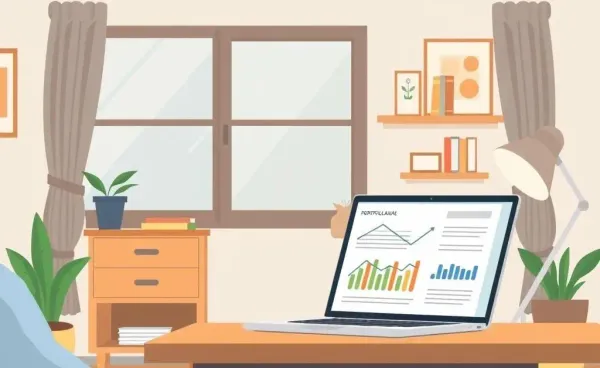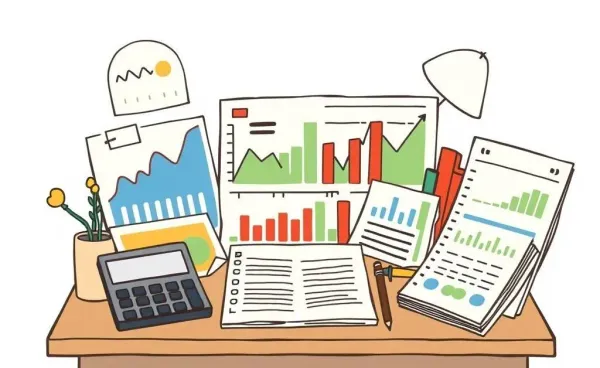Banking Basics: Navigating Your First Accounts and Loans
Unlock the essentials of banking with this friendly guide to accounts and loans.

Getting Started with Bank Accounts: Which One's Right for You?
So you're ready to dive into the world of banking, but don't know where to start? I've been there, and it can be a tad overwhelming. Let's break down the basics of checking and savings accounts.
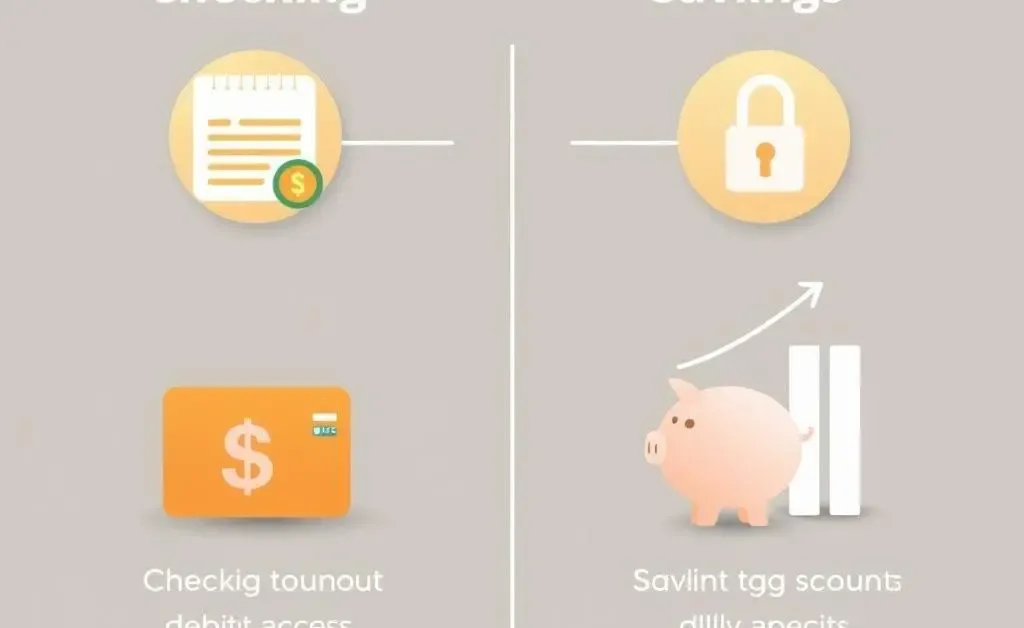
Check out your options: Checking accounts are great for everyday transactions. They typically come with a debit card, and you can access your money at ATMs or online. Meanwhile, savings accounts focus on helping you stash cash while earning a bit of interest. Perfect for saving that rainy day fund or your next big purchase!
Some banks offer combo accounts that let you shuffle money between a checking and savings seamlessly. That's a slick feature to keep your funds organized and working for you.
Understanding Credit: What's a Credit Score, Anyway?
No banking guide is complete without discussing credit scores. Picture this: your credit score is like a report card for your financial behavior. It tells lenders how trustworthy you are with borrowed money.
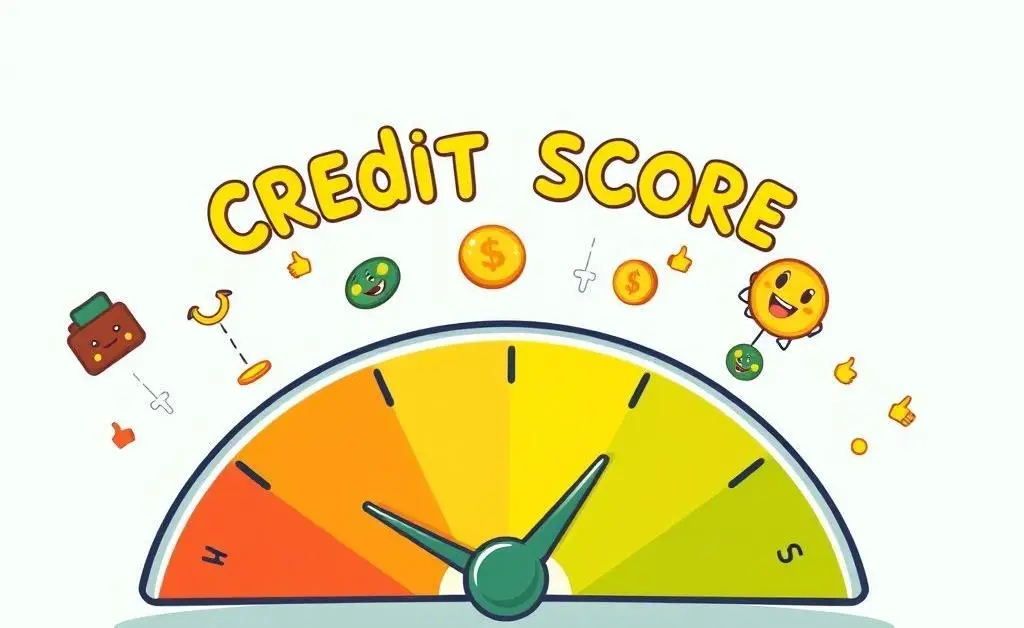
Here's the deal — credit scores range from 300 to 850. Scores above 700 indicate good credit, meaning you'll likely get better rates on loans and credit cards. Wanna boost your score? Start by paying bills on time and keeping credit card balances low.
Exploring Loan Options: What's Best for Your Needs?
Loans can feel like a maze of terms and conditions. But the right loan can help you finance large purchases or consolidate debt. Here's a quick rundown of common loan types:
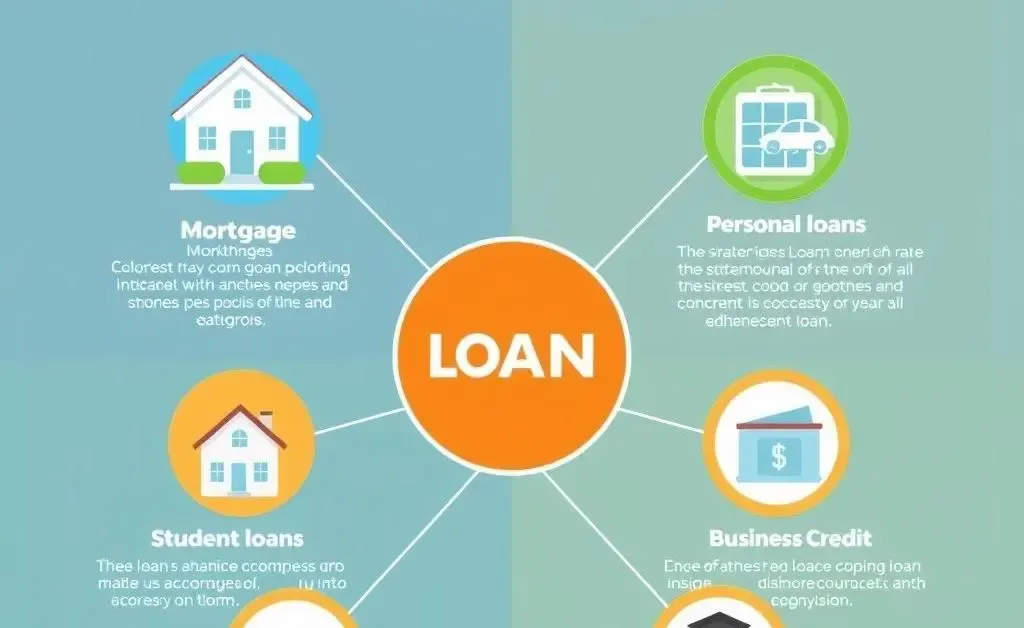
- Personal Loans: Generally unsecured and can be used for almost anything. They're based on your credit score.
- Auto Loans: Specifically to purchase vehicles. Your car serves as collateral.
- Student Loans: Tailored for education expenses, often with lower interest rates.
Each loan type has unique benefits and drawbacks, so it's crucial to evaluate your specific needs and financial situation.
Balancing it All: Your Next Steps
Now that you're equipped with the essentials, you're ready to navigate your financial journey with confidence. Remember, banking is not one-size-fits-all — it’s all about what fits you best. So, go explore, ask questions, and find the options that empower you to reach your goals. Happy banking!

